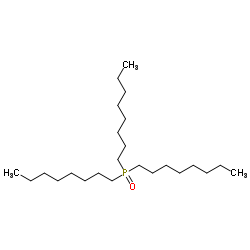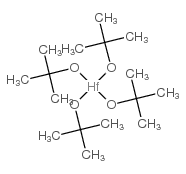| Structure | Name/CAS No. | Articles |
|---|---|---|
 |
trioctylphosphane oxide
CAS:78-50-2 |
|
 |
hafnium tert-butoxide
CAS:2172-02-3 |